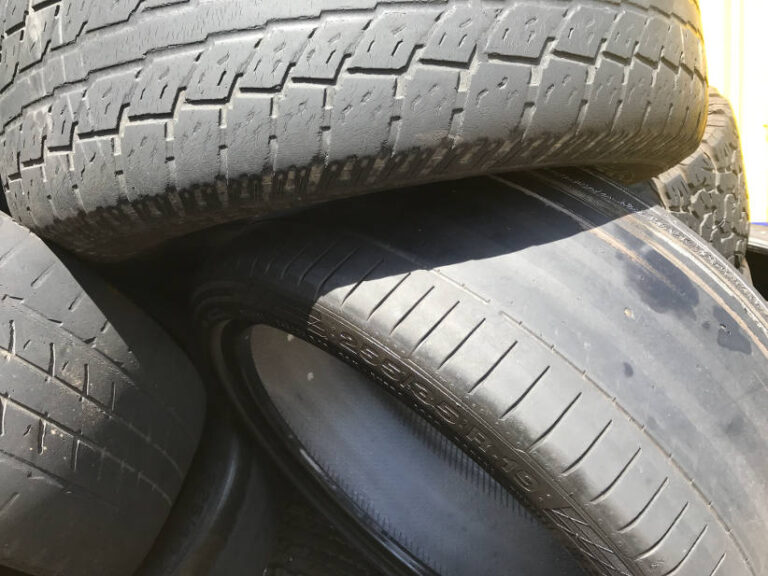– By Caroline Falls –
Each year in Australia about 23 million car and motorbike tires are discarded. Another 19 million or so much larger truck tyres also finish up life on the road each year. In all, it’s some 330,000 tonnes of tyres that reach end of life each year in Australia.
The good news is that most of those are disposed of properly, recovered and processed ready for recycling and other uses thanks to Tyre Stewardship Australia (TSA), which is funded by accredited tyre brands and suppliers, and which focuses on ensuring as many as possible used tyres are collected and recycled.
Fleet Auto News spoke recently to TSA’s CEO Lina Goodman for our podcast about the problems and possibilities for new uses of spent tyres.
TSA was formed in 2013 with its two key objectives to arrest the flow of used tyres going to landfill, and to find new uses for old and recycled tyres. While the earlier focus was on getting tyre suppliers to do the right thing, Goodman is presently focussed on getting fleet management organisations, and fleets, to become TSA accredited.
Today, some 90 percent of used tyres in Australia are saved from landfill.
“We’ve all seen some scary images of tyre stockpiles, and we want to avoid that and we do that through an accreditation process. So good quality retailers, good quality recyclers, and collectors become accredited with TSA, and we encourage organisations to only work with accredited entities because we know that they’re not likely to take tyres and dump them on land around the country or abandon them in warehouses.”
These collected end-of-life tyres can for example get turned into a rubber crumb, where it can be used in road surface mixes that increase durability.
“There’s lots of applications,” Goodman said on the podcast. It can be used in pavements, where it creates permeability, allowing better management of stormwater runoff and moisture for nearby trees and parks (an application perfect for parks and golf courses.) “And for all the avid gym goers, they’re probably doing their workout on tiles made from used tyres. We’re seeing them in agriculture as matting under cows. It’s used in concrete barriers on freeways.”
The TSA, which collects 25 cents from every new tyre sold by accredited brands, provides funding to organisations who have opportunities where tyre derived material can go. It has committed $8 million to a range of projects like the ones mentioned above.
Meanwhile, on the road a car tyre loses its tread. A new car tyre weighs about 9 kilograms, whereas a worn tyre is about 8 kilograms. That’s about one kilogram of rubber per tyre being shed as particles that end up in the atmosphere, or washed from the road surface into lakes and oceans.
Goodman said fleets should have a tyre management plan — regularly checking treads and rotating tyres — to avoid unnecessary decay of tyres, which can impact the environment and safety.
“It also ensures the tyres reach the maximum life intended.” Fleet managers should also ensure they are buying tyres manufactured to regulatory standards, and avoid others. “Sometimes a bargain tyre is going to do more damage to our environment, possibly because they reach the end of life faster and lose a lot more harmful chemical.”
Goodman has been on a drive recently to entice fleets to become accredited with the TSA too.
“It’s about a commitment that showcases a pathway to always focusing on the sustainable outcomes of end-of-life tires. So fleet organisations will commit to working only with accredited tyre retailers for the purchasing or the exchange of tyres.
“Fleet organisations have a strong procurement process and they can send a strong signal to the market by having consideration of their brand choice. Not all brands are contributing to the scheme, and purchasing the brands that are means we keep this ecosystem where funds are being utilised to support new markets for tyre-derived material once they reach the end-of-life.”
Click here to listen to Fleet Auto News podcast with TSA’s Lina Goodman on Spotify.
Here’s a link to Tyre Stewardship Australia
— Caroline Falls has been contributing to Fleet Auto News since 2015. She is a freelance writer and can be contacted at carolinefalls@gmail.com






